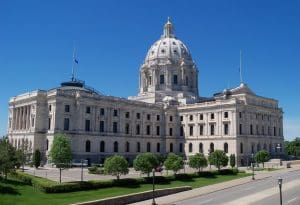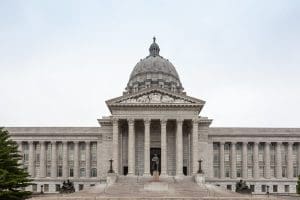The economic crisis caused by the coronavirus pandemic poses a triple challenge for tax policy in the United States. Lawmakers are tasked with crafting a policy response that will accelerate the economic recovery, reduce the mounting deficit, and protect the most vulnerable.
To assist lawmakers in navigating the challenge, and to help the American public understand the tax changes being proposed, the Tax Foundation’s Center for Federal Tax Policy modeled how 70 potential changes to the tax code would affect the U.S. economy, distribution of the tax burden, and federal revenue.
In tax policy there is an ever-present trade-off among how much revenue a tax will raise, who bears the burden of a tax, and what impact a tax will have on economic growth. Armed with the information in our new book, Options for Reforming America’s Tax Code 2.0, policymakers can debate the relative merits and trade-offs of each option to improve the tax code in a post-pandemic world.

Minnesota’s Tax Plans Make Modest Improvements
In response to the new federal tax law, the governor and lawmakers in both houses have proposed plans for updating Minnesota’s tax code.
2 min read


Business Investment Increases by 39 Percent in Q1 2018
Several S&P 500 companies reported an increase in capital expenditures, a possible sign that the Tax Cuts and Jobs Act will help encourage new investment.
2 min read




